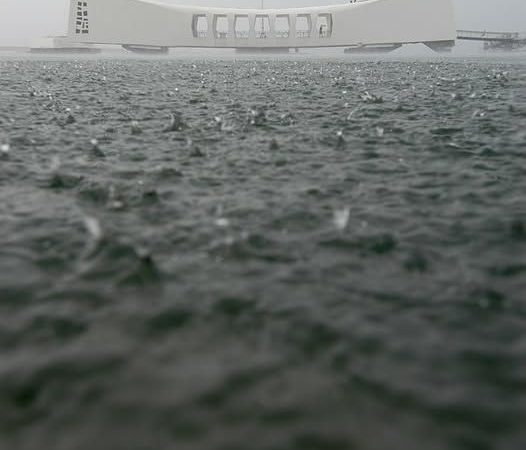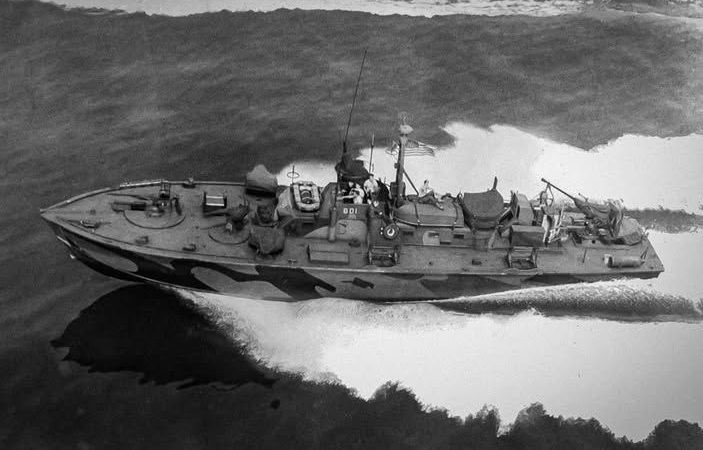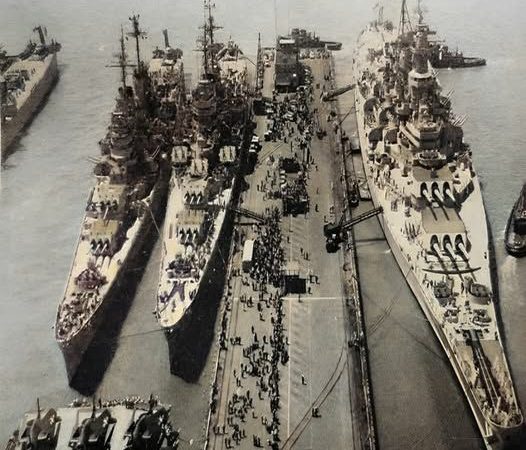Exploring the Power and Legacy of HMS Albion: The Royal Navy’s Amphibious Titan
HMS Albion, one of the Royal Navy’s most powerful and versatile amphibious assault ships, stands as a symbol of British naval strength and innovation. Commissioned in 2003, HMS Albion plays a crucial role in modern amphibious warfare, combining advanced technology with a storied legacy that dates back to the early 19th century.

Designed as an amphibious transport dock, HMS Albion has the ability to deploy troops, vehicles, and equipment directly to shore via landing craft or helicopters. Its capability to launch land-based operations from sea makes it a key asset in both humanitarian missions and combat scenarios. Equipped with a flight deck, the ship can support helicopters, enabling air support and reconnaissance missions in coordination with its ground operations.
At 176 meters in length and displacing over 18,000 tons, HMS Albion is not only an imposing force but also a logistical powerhouse. It can carry 405 fully equipped troops and a range of armored vehicles, including Challenger 2 tanks and amphibious vehicles. The ship is also fitted with defensive weaponry and state-of-the-art communication systems, ensuring that it can coordinate large-scale military operations with efficiency.

The name “Albion” holds deep significance in British maritime history. The original HMS Albion was launched in 1763, and the name has since been carried by several ships, each contributing to the naval legacy. The current HMS Albion is the seventh ship to bear this prestigious title, representing centuries of British seafaring tradition and military prowess.
Albion’s involvement in exercises and operations worldwide has further cemented its importance. From supporting NATO operations to conducting joint training exercises with allied nations, the ship has proven its versatility in a wide range of roles. HMS Albion has participated in humanitarian efforts, including disaster relief, showcasing its ability to serve not only in war but also in peace.

As the global landscape of warfare evolves, HMS Albion is adapting to meet the demands of modern conflicts. Its amphibious capabilities are particularly relevant in areas with challenging coastal environments, where direct ground access is limited. The Royal Navy continues to invest in maintaining and upgrading HMS Albion, ensuring it remains a critical asset in the UK’s defense strategy.
In the face of future challenges, HMS Albion will likely be called upon to serve in new and dynamic ways, responding to emerging threats, and strengthening alliances with nations around the world. Its role as a guardian of peace and security in both regional and global arenas is set to continue, reinforcing the Royal Navy’s position as a leader in naval warfare.

HMS Albion is more than just a ship; it is a testament to the Royal Navy’s ability to evolve and adapt. As an amphibious titan, it serves as a critical link between the sea and land, enabling the UK to project power across the globe. Its blend of historic significance and modern capability ensures that HMS Albion remains a vital component of Britain’s military future.




